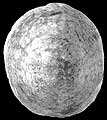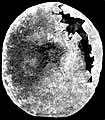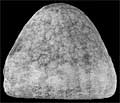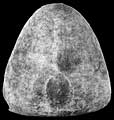The Echinoid Directory
Pilematechinus A. Agassiz, 1904, p. 163
| Diagnostic Features |
|
|---|---|
| Distribution | Recent; west Pacific and Antarctic. |
| Name gender | masculine |
| Type | Cystechinus rathbuni A. Agassiz, 1898, p. 79, by original designation |
| Species Included |
|
| Classification and/or Status |
|
| Remarks |
|




